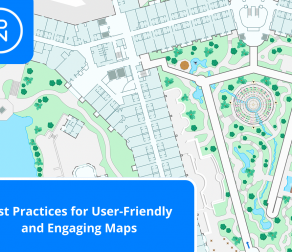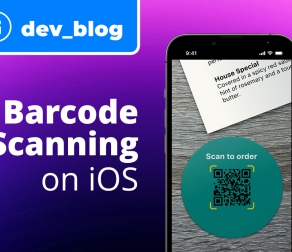We’re only a few weeks into 2015, and retail executives are still formulating their resolutions and goals for the year.
Right now, organizations are bringing their departments together to reflect on the holiday season’s successes and failures. And the smart ones are learning from 2014 to become bigger and better over the next 12 months.
In spirit of this aspirational time of year, below are five mobile resolutions for the retail industry. Keep in mind that these are just high-level concepts for you to mull over as you finalize (or get started on!) your strategies.
When it comes to mobile (or any investment), there is no universal strategy. The unique goals and target audiences of each organization are what ultimately drives their approach to mobile.
1. Make mobile experiences seamless and easy to shop.
Research from Apigee indicates that by the end of 2014, 63% of U.S. smartphone owners used apps at least once a month, up from 56% in 2013. Moreover, 20% of smartphone owners said they plan to increase how much they spend via apps this year.
To keep pace with this surge in demand, retailers need to create streamlined app experiences that are organized, intuitive and easy to browse. After all, when the user experience is clunky, disorganized or otherwise unpleasant, users are more likely to get frustrated and abandon the shopping experience altogether. Supporting this point, research from Contact Solutions found that 51% of consumers abandon their carts and close apps when they have a poor experience. Up to 20% stopped using the app entirely.
2. Personalize the app experience.
Beautiful UX is only the first step in a long journey to app optimization. Today’s empowered consumers expect anytime / anywhere access to information, content and services that enrich their shopping experience. Loyalty programs play a major role here.
For example, beauty retailer Sephora’s app integrates with its Beauty Insider loyalty club. Once logged in, club members receive a personalized experience that tracks their loyalty points, sends them unique rewards and offers and monitors their Beauty Bags (records of past purchases and “Loves”). How can you create a similar user-focused experience?
3. Use push notifications to drive foot traffic.
Hyper-precise targeting by user location, demographics and loyalty is what makes push notifications so powerful. But there’s a fine line between being engaging and annoying. Walgreens is one retailer that does it right. The pharmacy retailer uses Passbook to send notifications when consumers are in close proximity to a store, encouraging them to stop in and take advantage of timely coupons and deals. Integration with the Walgreens app and loyalty program also allows consumers to receive more personalized messages, and even receive notifications when their prescriptions are ready for pickup.
4. Guide customers through the store.
Recent success stories from top retailers like GameStop and Lord & Taylor are helping to accelerate adoption of beacon technology. These two retailers take different approaches to beacon engagement:
- GameStop allows consumers to use their smartphones to “activate” beacons on shelves. Once they do, they can access complementary content, such as video game videos, ratings and reviews.
- Lord & Taylor embeds beacons in different store departments to trigger alerts as app holders move throughout the store. Retailers can build on Lord & Taylor’s strategy and personalize beacon-triggered alerts. That way, users would receive offers tailored to their unique tastes and preferences. This approach keeps shoppers engaged, surprised and delighted by the mobile brand experience.
5. Turn associates’ mobile devices into their little black books.
For decades, associates who work in department and luxury stores have relied on their little black books. These handy resources hold invaluable information about clients, past purchases and preferences. With tablets and smartphones, associates can access this same information with far more detail and context.
This year, consider how mobile can act as your hub for associate engagement and empowerment. How can you integrate associate apps and resources with enterprise information such as customer relationship management (CRM) systems and sales data?










